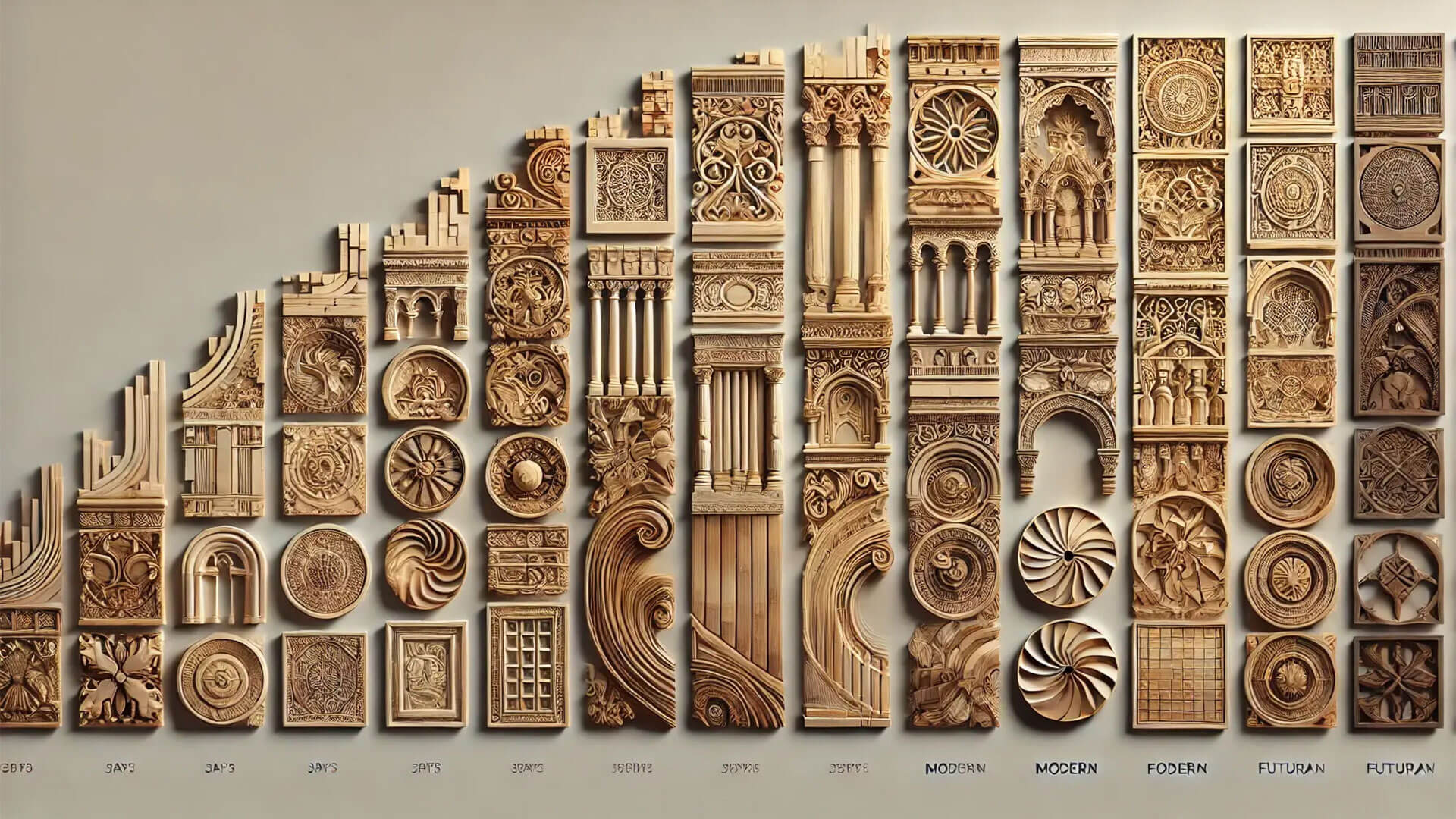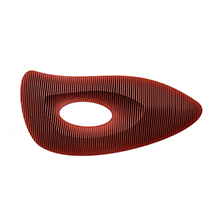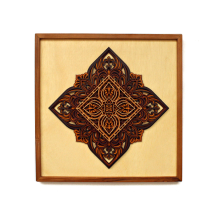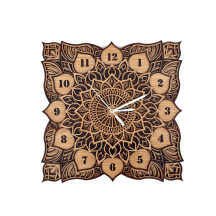The History and Evolution of Wooden Wall Décor in Home Design

Wooden wall décor has long been a fundamental element of interior design. It combines functionality and artistry in a way that few materials can match. Wooden arts have a long history that interconnects developments in architecture, interior design, and craftsmanship over centuries. The wall decor adds character, warmth, and texture to any space. From the rustic charm of ancient timber panels to the sleek designs of contemporary wood accents, the story of wooden wall décor is one of evolution and adaptation.
From the earliest human footfalls to the present day, societies and communities have evolved through various cultural and artistic movements, and the use of wood in our homes has similarly progressed. Wooden wall art has transformed significantly, reflecting changing preferences, perspectives, technological advancements, and a growing appreciation for natural materials. Let’s explore the historical context, key styles, and contemporary trends that have shaped wooden wall décor.
Early Uses of Wood in Interior Design
Wood has played a significant role in home design since ancient times, where it fulfilled practical roles. In early civilizations, wooden panels were used to insulate stone buildings, adding warmth and comfort. The Greeks and Romans incorporated wood for both structural integrity and decorative features, frequently carving elaborate designs into wooden panels to boost their visual charm.
Wood panels became popular and prominent during the Middle Ages in palaces, castles, and homes. These panels which were crafted using oak, often had intricate carvings, symbolizing the craftsmanship of the era. They served multiple purposes including insulation against cold and dampness while also glorifying the interiors.
The Renaissance and Baroque Periods
The Renaissance era marked a turning point for wooden wall décor, as society embraced art and beauty. Wealthy homeowners used decorative wooden panels with classical motifs, often gilded or painted for contrast. The Baroque period amplified this opulence with ornate carvings, gold leaf, and intricate floral designs, showcasing the wealth and power of aristocratic families.
The Victorian Era and Industrial Revolution
Wooden wall decor gained popularity during the Victorian era and Industrial Revolution. The popularity of wood panels was on the rise due to industrialization which made production more accessible and budget-friendly for the middle class. The production of decorative wood paneling became easier thanks to advancements in manufacturing techniques.
This era also witnessed an eclectic mix of styles influenced by various movements such as the Gothic Revival and Arts and Crafts. The usage of wood types—like walnut and mahogany—became prominent, allowing homeowners to express their individuality through their choice of materials.
Modernism and Mid-Century Design
As the 20th century progressed, modern design began to take centre stage in interior aesthetics. Characterised by clean lines, simplicity, minimalism, and uncluttered artistry, the modern design offered a striking contrast to classical styles. Contemporary art was more expressive and free in its design approach, lacking the formality of traditional art. Despite these advancements in new-age art, wood was both relevant and valuable.
Designs featuring wood were particularly favoured for their sleek horizontal panels, which added warmth to spaces without overwhelming them.
In the modern era functionality was a major part of the design alongside beauty. This led to innovative uses of engineered wood products. Architects and designers experimented with various finishes and textures, showcasing wood’s versatility in contemporary settings.
Modern Trends in Wooden Wall Art
In the modern era, wood wall decor for living rooms has become more significant than ever. Today, modern homeowners in interior design are increasingly drawn to natural materials that evoke warmth and authenticity.
Reclaimed Wood: Reclaimed wood offers a rustic charm while promoting sustainability.
Charred Wood: This involves charring wood surfaces to create a unique aesthetic while enhancing durability.
Engineered Wood Panels: They offer superior stability and sustainable solutions tailored for modern designs.
Furthermore, technological advancements have simplified installation techniques for wooden wall décor. Innovations like tongue and groove systems enable easier DIY projects, making them accessible for homeowners looking to personalize their spaces..
Wooden wall décor: was, is, and will be the preferred one.
The evolution of wooden wall décor reflects broader trends in architecture and design throughout history. From its humble beginnings as a functional material to its status as a key aesthetic element in modern interiors, wood has adapted to meet changing tastes while retaining its inherent beauty. Today’s designers continue to explore new ways to incorporate wood into home design—balancing tradition with innovation—to create spaces that are not only functional but also rich in character.
As we look forward to future trends, it is clear that wood will remain an integral part of interior design. Its ability to evoke warmth and connection to nature resonates deeply with contemporary sensibilities focused on sustainability and authenticity. Whether through reclaimed materials or modern engineered products, wooden wall décor will undoubtedly continue to thrive as an essential element of home design for years to come.






